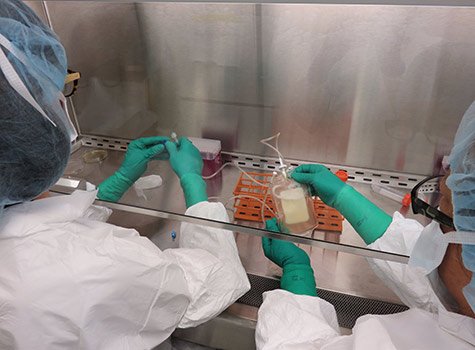It is reported to be Russia’s first project seeing the introduction of additive technologies to production of
It took the developers six months to complete the prosthesis, the website said. The hip joint of a real patient was first scanned, using digital technology; that was followed by the development of a number of polystyrene models, the basis for the actual metal prosthesis. The developers point out that this product with a very complex geometry is made of a biologically inert material and is therefore perfectly safe for the human body.
A new sort of titanium powder used to make the prosthetic joint is also made in Russia, SPbPU underscores, adding that the additive technology applied specifically to making this particular joint will be patented.
The products have already been transferred to the main customer, the St.
There’s huge demand in Russia for such prosthetic devices, the source emphasizes; doctors perform more than a thousand implantation surgeries a year.
